What is Cuprior (trientine)?
Cuprior (trientine) is indicated for the treatment of Wilson’s disease in adults, adolescents and children ≥ 5 years intolerant to D-penicillamine therapy[1]. Wilson’s disease is a genetic condition in which copper absorbed from food builds up in the body, particularly in the liver and the brain, causing damage[2].
Cuprior (trientine) contains the active substance trientine. It is a hybrid medicine. This means that it is similar to a ‘reference medicine’ (in this case Trientine Dihydrochloride 300 mg capsules) also containing trientine. The difference between Cuprior and the reference medicine is that Cuprior contains another form of trientine (trientine tetrahydrochloride) and does not need to be stored in a refrigerator[1].
How does Cuprior (trientine) work?
Trientine is a copper-chelating agent whose principal mechanism of action is to eliminate absorbed copper from the body by forming a stable complex that is then eliminated through urinary excretion. Trientine may also chelate copper in the intestinal tract and therefore inhibit copper absorption[1].
Where has Cuprior (trientine) been approved?
Cuprior (trientine) was approved for the treatment of patients with Wilson’s disease by:
-
The European Medical Agency (EMA), European Union, on September 5th, 20172
The EMA granted Orphan Drug Designation to Cuprior (trientine) previously[2].
Please note that this medicine may have also been approved in other regions than the ones we’ve listed. If you have a question about its approval in a specific country feel free to contact our support team.
How is Cuprior (trientine) taken?
The recommended dosages for different groups of patients are elaborated as below[1].
-
Adult Patients
The dose is usually between 450 mg and 975 mg (3 to 6½ film-coated tablets) per day in 2 to 4 divided doses.
-
Pediatric Patients ≥ 5 years
The dose is usually between 225 mg and 600 mg per day (1½ to 4 film-coated tablets) in 2 to 4 divided doses.
-
Pediatric Patients < 5 years
The safety and efficacy of trientine in children aged < 5 years have not been established. The pharmaceutical form is not suitable for administration to children < 5 years.
Please note: the scored film-coated tablet can be divided into two equal halves, if required, to provide a more precise dose or facilitate administration. Additionally, it is important that Cuprior is given on an empty stomach, at least one hour before meals or two hours after meals and at least one hour apart from any other medicinal product and food[1].
Note: Please consult with your treating doctor for personalised dosing.
Are there any known side effects or adverse reactions of Cuprior (trientine)?
Serious adverse reactions
The serious adverse reactions listed in the prescribing information include[1]:
-
iron deficiency anaemia
-
severe colitis
Common adverse reactions
The common adverse reactions listed in the prescribing information include[1]:
-
nausea
-
duodenitis
-
erythema
Please note: since Cuprior (trientine) is a hybrid medicine, its risks are taken as being the same as the reference medicine’s, which is Trientine Dihydrochloride 300 mg capsules[3].

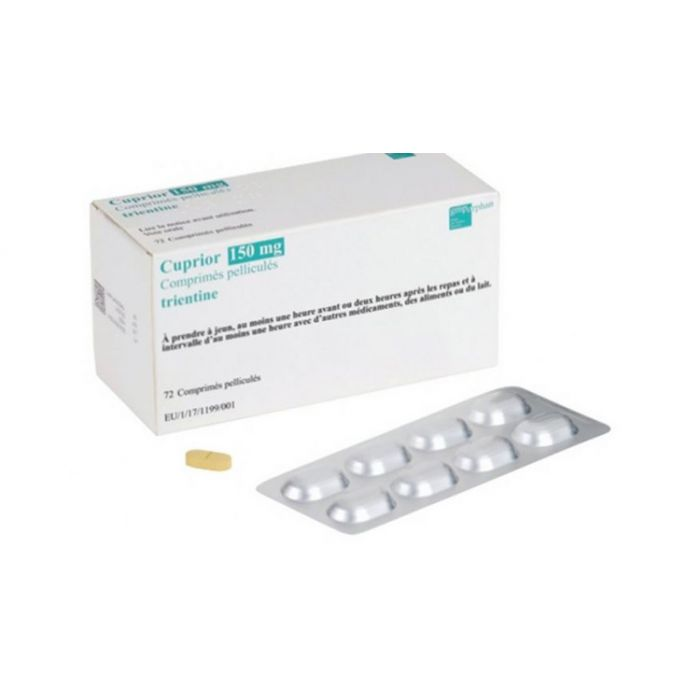
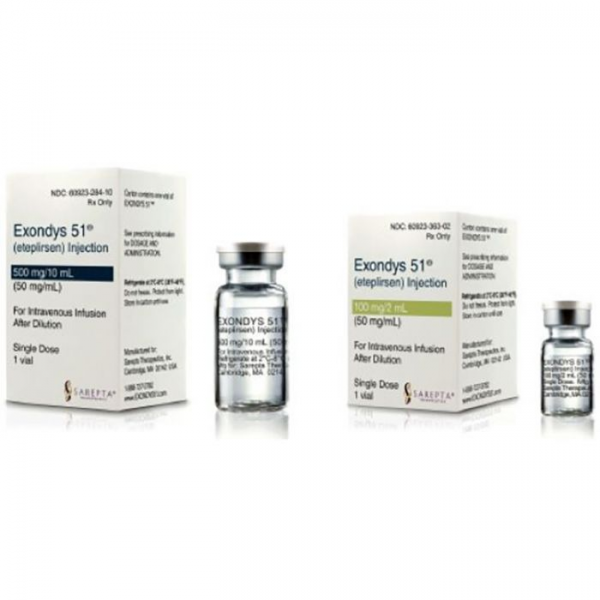

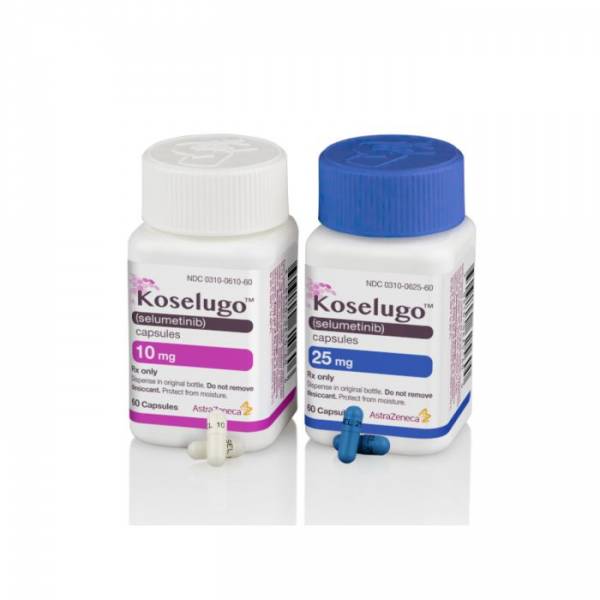


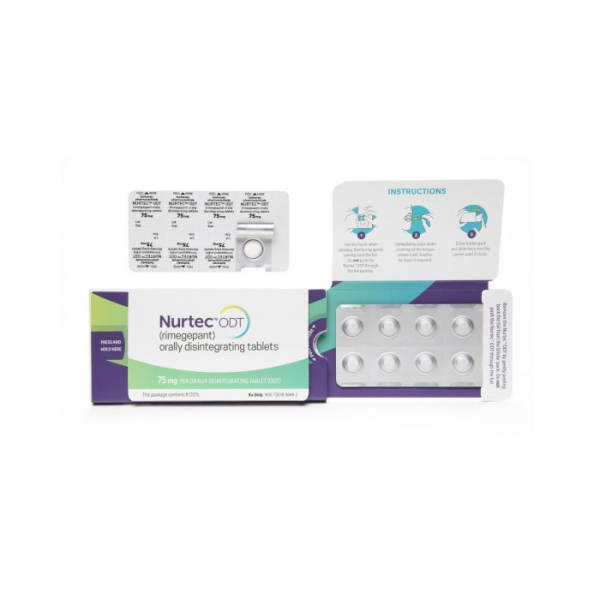
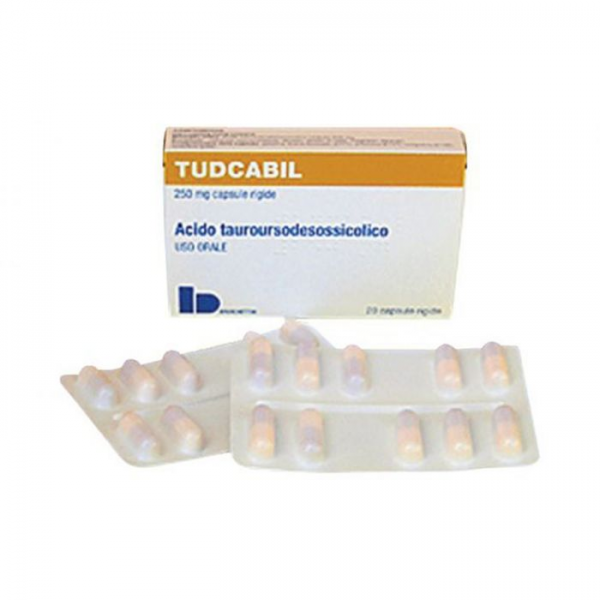
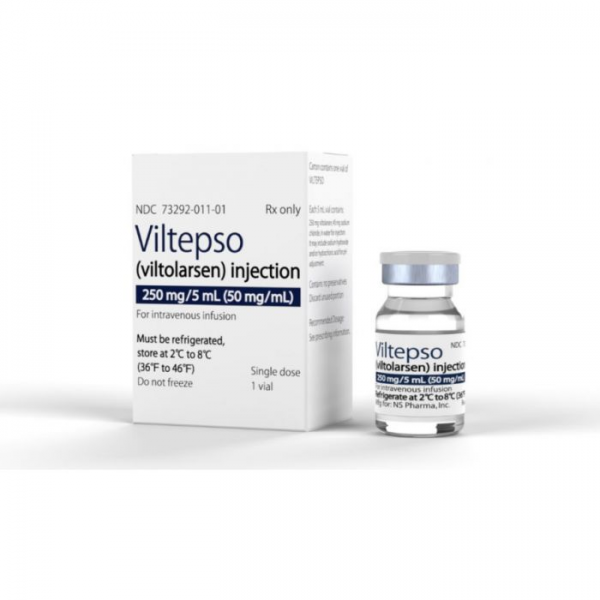
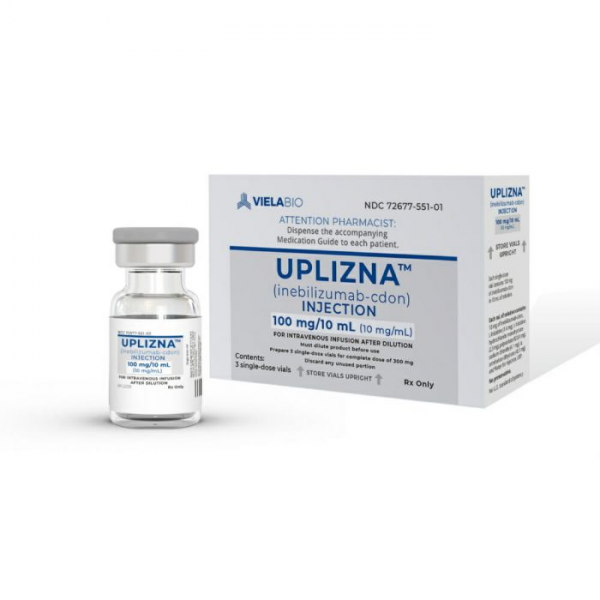
Reviews
There are no reviews yet.